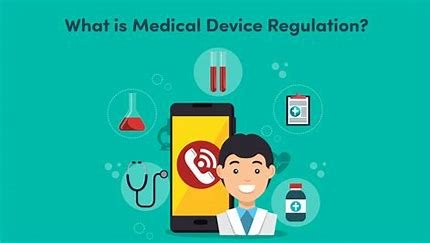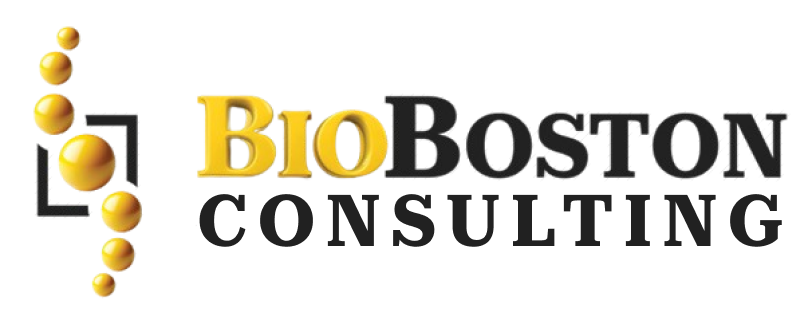The Role of Personnel in FDA Medical Device Regulation | BioBoston Consulting
Medical device manufacturers must acknowledge that their people are the lifeblood of quality assurance and that they influence all aspects of the product lifecycle. Personnel play a key role in ensuring that medical devices adhere to strict regulation standards. They provide robust compliance and reliable, effective solutions for patients globally from the first stages of research and design right through to the end-stage of production, all the while maintaining post-market surveillance.
Emerging medical devices have disrupted healthcare by delivering new tools to address or manage ailments in innovative ways, creating a breakthrough from the traditional methods. But these advancements will require that the accompanying instruments and apparatuses to be safe, and here lies a significant role in student health care protection. The Food and Drug Administration (FDA) established the Quality System Regulation (QSR), 21 CFR Part 820, to address this. Personnel are the cornerstone of the medical device manufacturing process, as emphasized in section 820.25 of QSR.
This article examines the critical contribution of personnel to FDA medical device regulations and discusses how their knowledge, skills, training, and experience are responsible for producing safe effective medical devices. We also discuss the importance of building strong training modules that can equip employees with needed experience and information and recording training operations. In addition, we emphasize that personnel must be aware of device failures and errors as they can provide knowledge on patient safety and product quality. Then we will talk about the strict accountability of staffs involved in verification and validation who are the last line of defense before a medical device hits market.
Staff: The Heart of QSR.
The clinical workforce behind designing, developing, manufacturing and implementing medical devices is the backbone of quality assurance in a dynamic medical device landscape. They are the engine of innovation, working hard to make sure that medical devices attain required regulatory standards and ultimately deliver patients a safe and effective solution.
Educational, Occupational, Training and Experience
The QSR has a heavy focus on personnel involved in the manufacture of medical devices. It knows that having a trained, experienced workforce is crucial to maintaining the best quality of products. A flexible work environment helps manufacturers by making sure that its employees have the required educational qualifications, departmental background, and years of experience. It guarantees that the workers have competency to complete all obligations appropriately.
Personnel is conditioned through Education. Different educational backgrounds allow medical device manufacturers to use a range of views and capabilities from their employees towards innovation and problem-solving.
In addition, the background and experience are among factors that also contribute significantly to the expertise of personnel. People from Medical Device Industry or related domains bring in in-depth knowledge of the regulatory field, the best practices and could foresee challenges that may pop up during the manufacturing process.
Training: Bridging the Gap
Ensuring your work force is well trained is vital to the success of medical device manufacturers. Within the QSR is a mandate to have in place a training program that effectively trains personnel with the skills and knowledge they need to perform their job duties. With ongoing education, manufacturers can ensure their workforce is current on trends in technology and legislation and continues to perform at the top of industry standards.
The training is the linkage between theory study and practical application. It helps personnel feel more comfortable solving difficult problems to ensure that workflow operates smoothlyand that there are fewer chances of making mistakes.
Additionally, training goes beyond just the technical. This can also encompass things like communication skills, teamwork and putting their roles into the bigger picture of patient care. A well-developed workforce nurtures a culture of safety, quality and compliance.
Recording Training: Fostering Accountability
You are required to document training under the QSR. For starters, it leaves behind a paper trail of the training session which can be handy at an internal audit or FDA inspection. Additionally, the detailed training record that a manufacturer already possesses is proof of their dedication to Compliance and Quality.
Second, it allows manufacturers to see where training might be lacking and the potential lack of readiness in their team to fulfil their job functions. With recording and analysis from training records, manufacturers can develop tailored training measures for defined areas of optimized improvement.
Knowing About Device Defects: Preventing Potential
The QSR mandates identifying any device defects that could result from the improper job performance of personnel. This is crucial for helping to avoid quality problems in the manufacturing process and address them whendetected. By ensuring that all workers are held responsible for their actions, manufacturers can reduce the likelihood of flawed products leaving the yard.
Manufacturers can use a robust set of techniques like regular communication on potential defects, sharing case studies from past incidents and lessons learnt from adverse events to build awareness. Stressing individual compassion for the entire process line is a cue which can inspire employees to hold themselves accountable for their own takeaways and help in the progress of the company.
Verification and Validation Activities – Stringent responsibility
Those that perform this verification and validation carry an important responsibility in ensuring the safety and performance of these medical devices. Verification and validation are important aspects in the medical device product development life cycle to make sure that a device meets its predetermined specifications, standards and user requirements.
These people need to be aware of faults and mistakes that could happen in testing and validation steps. It makes them much more likely to be careful and take their work seriously and capable of noticing possible pitfalls.
Also, the staff that does verification and validation must have a great deal of knowledge on regulatory requirements associated with these clinical tasks. Because they are the last line of defense standing between a medical device and market deployment, they play an essential role in stopping failed devices from slipping through to patients.
Conclusion
In summary, personnel are critical in meeting the FDA’s Quality System Regulation for medical devices. With their education, background, training and experience, they produce safe and effective medical devices. Their passion for relentless self-improvement, coupled with mindful observation of ways in which things can fail, remains fundamental to the highest levels of quality assurance in medical device manufacturing.
The FDA’s focus on officer validation, training, and education underscores the agency’s dedication to protecting public health and ensuring devices functionality and improved patient care. The personnel make quality assurance the backbone of our companyand their dedication to ensuring quality and safety, helps healthcare technology succeed for the greater good.
Given that the medical device industry is an ever-changing landscape, it is those experienced and highly trained individuals whose work will keep patients healthier and safer for years to come. Creating a culture of excellence, lifelong learning and responsibility that increases public confidence in medical devices and by helping drive positive changes that advance patient care will consistently raise the bar for healthcare.
For more information on how we can help, contact BioBoston Consulting or check out our website.


